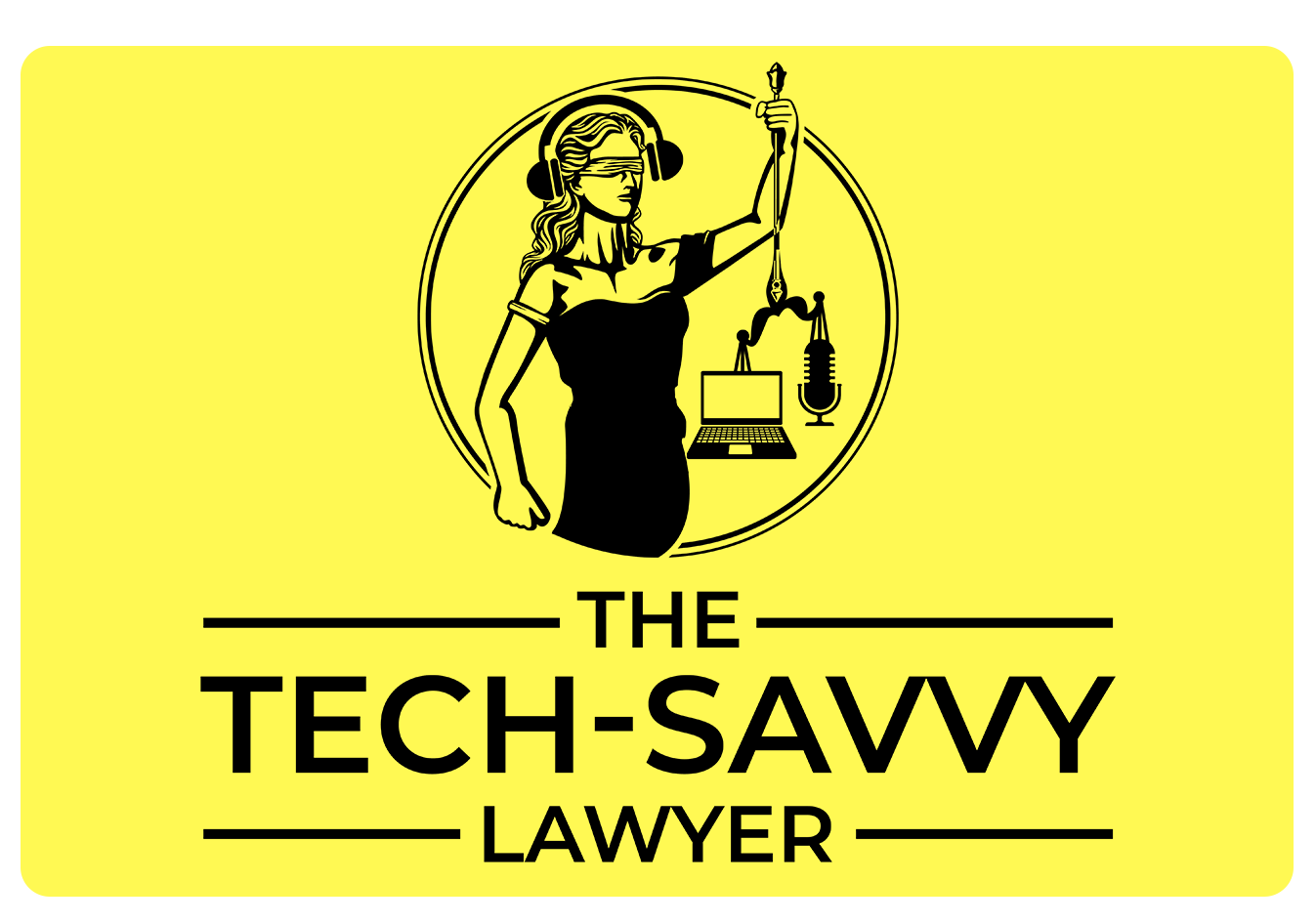BOLO: Lawyers Face Critical Risk from 2025's 16 Billion Password Data Leak 🔒⚖️
/lawyers were your client’s pii hacked from your computers and software?
Lawyers across the nation need to take immediate action following the exposure of 16 billion login credentials—covering platforms from Apple and Google to Facebook and countless others—in what researchers describe as one of the largest exposures of sensitive data in history. While headlines have suggested a catastrophic, single-source breach, the reality is more nuanced but equally concerning for legal professionals. This leak is not a new, isolated hack of a major provider. Instead, it's a massive aggregation of credentials collected over years from various infostealer malware campaigns and previous breaches, now compiled and exposed in over 30 datasets.
What Is the Nature of This Breach? Is It "New"? 🕵️♂️
The so-called "16 billion password breach" is not the result of a single event. Instead, it's a compilation of old and some recent credentials, gathered from infostealer malware, credential stuffing lists, and previously leaked databases. Some datasets are fresh and weaponizable, including session tokens and cookies that can bypass multi-factor authentication, but much of the data is recycled or duplicated. The scale, however, means nearly every major online service is potentially implicated, and the risk of credential stuffing and account takeover is real—especially for those who reuse passwords or have not updated them in years.
Why Should Lawyers Care? ⚠️
Lawyers are high-value targets for cybercriminals due to the sensitive nature of client data and privileged communications. The legal profession has already seen significant cybersecurity challenges, with 29% of law firms encountering cybersecurity breaches in 2023, and the average cost of a data breach for law firms reaching $5.08 million. A compromised password can lead to unauthorized access to confidential files, emails, and client records, exposing firms to malpractice claims, regulatory penalties, and reputational harm. The legal sector's increasing reliance on cloud platforms and digital workflows makes robust credential management non-negotiable for lawyers.
🚨
Lawyers must take action today. 📣 Your clients' trust—and your practice's future—depend on it!
🚨 Lawyers must take action today. 📣 Your clients' trust—and your practice's future—depend on it!
What Should Lawyers Do Now? 🛡️
Immediate Steps:
Reset passwords for any account that may be affected, especially if you reuse passwords across sites.
Check your exposure using tools like "Have I Been Pwned" to see if your email or credentials are part of known breaches.
Enable Multi-Factor Authentication (MFA) on all accounts—this is the single most effective way to prevent unauthorized access, even if a password is leaked.
Long-Term Best Practices:
Adopt a password manager (such as 1Password* or similar) to generate and store unique, complex passwords for every account.
Educate your staff on phishing, social engineering, and the dangers of password reuse.
Implement passkeys and biometrics where possible, reducing reliance on passwords alone.
Regularly monitor for compromised credentials using security tools and services that alert you to new breaches.
Never store passwords in plaintext or unsecured documents; use encrypted vaults and secure delivery for sensitive credentials.
What Should Law Firms and Lawyers Be Doing to Stay Secure? 🏛️
Lawyers need to be active in protecting their client’s pii!
Review and update firm-wide password policies to mandate unique, strong passwords and regular changes.
Ensure all devices and cloud services used for legal work are protected with MFA and monitored for suspicious activity.
Consult with cybersecurity counsel or specialists to assess your firm's exposure and compliance with data protection regulations.
Stay informed about new threats and regularly audit your digital security posture.
Essential Resources from The Tech-Savvy Lawyer 📚🎧
For deeper insights into cybersecurity best practices for legal professionals, explore these valuable resources from The Tech-Savvy Lawyer.Page:
Blog Posts:
"🚨 BOLO: Zoom Remote Access Attacks – Critical Security Alert for Legal Professionals 🚨" - Learn about sophisticated cyberattacks targeting legal professionals through video conferencing platforms and how to protect your practice.
"BOLO: Is LastPass on its Last Leg?! 🧐 Is it time to get a new password manager? 😳" - Essential guidance on password manager security following the LastPass breach, with recommendations for alternative solutions like 1Password.
"🚨 BOLO: Apple's Latest Update Activates AI - Lawyers, Protect Your Clients' Data! 🚨" - Critical analysis of how automatic AI features can impact attorney-client privilege and data security.
Podcast Episodes:
🎙️ Ep. 104: The Importance of Data Backup & Cybersecurity w "Mr. Backup", Curtis Preston! - Expert insights on what lawyers are doing wrong with cybersecurity, e-discovery best practices, and ransomware response strategies.
🎙️ Ep. 106: "How Lawyers Can Protect Client Data in the Age of AI - A conversation with Erich Dylus!" - Essential guidance on maintaining client confidentiality while leveraging AI tools.
🎙️Episode 99: "Navigating the Intersection of Law Ethics and Technology with Jayne Reardon" - Practical insights for lawyers with limited to moderate tech skills on strategic legal tech adoption.
These resources provide actionable guidance specifically tailored for legal professionals navigating cybersecurity challenges while maintaining ethical obligations under the ABA Model Rules.
Lawyers Must Act Now - Your Practice's Security Is Your Clients' Trust 🔐
Follow The Tech-Savvy Lawyer.Page for breaking news and bolos that lawyers need to know!
The 16 billion password leak serves as a stark reminder that cybersecurity is not optional for today's legal professionals—it's an ethical imperative that lawyers cannot ignore. While this massive data aggregation may seem overwhelming, it presents an opportunity for lawyers to strengthen their firm's digital defenses and demonstrate their commitment to protecting client confidentiality.
Remember, as outlined in ABA Model Rule 1.1, Comment 8, lawyers must maintain reasonable competency in technology, including understanding "the benefits and risks associated with relevant technology". The steps outlined above are not just technical recommendations for lawyers—they're essential components of competent legal representation in the digital age.
By implementing robust password policies, enabling multi-factor authentication, and staying informed through resources like The Tech-Savvy Lawyer.Page, lawyers are not just protecting data—they're preserving the foundational trust that defines the attorney-client relationship. In an era where cyber threats evolve daily and law firms face increasing risks, lawyers' proactive approach to cybersecurity becomes a competitive advantage and a mark of professional excellence.
Lawyers must take action today. Your clients' trust—and your practice's future—depend on it.






















